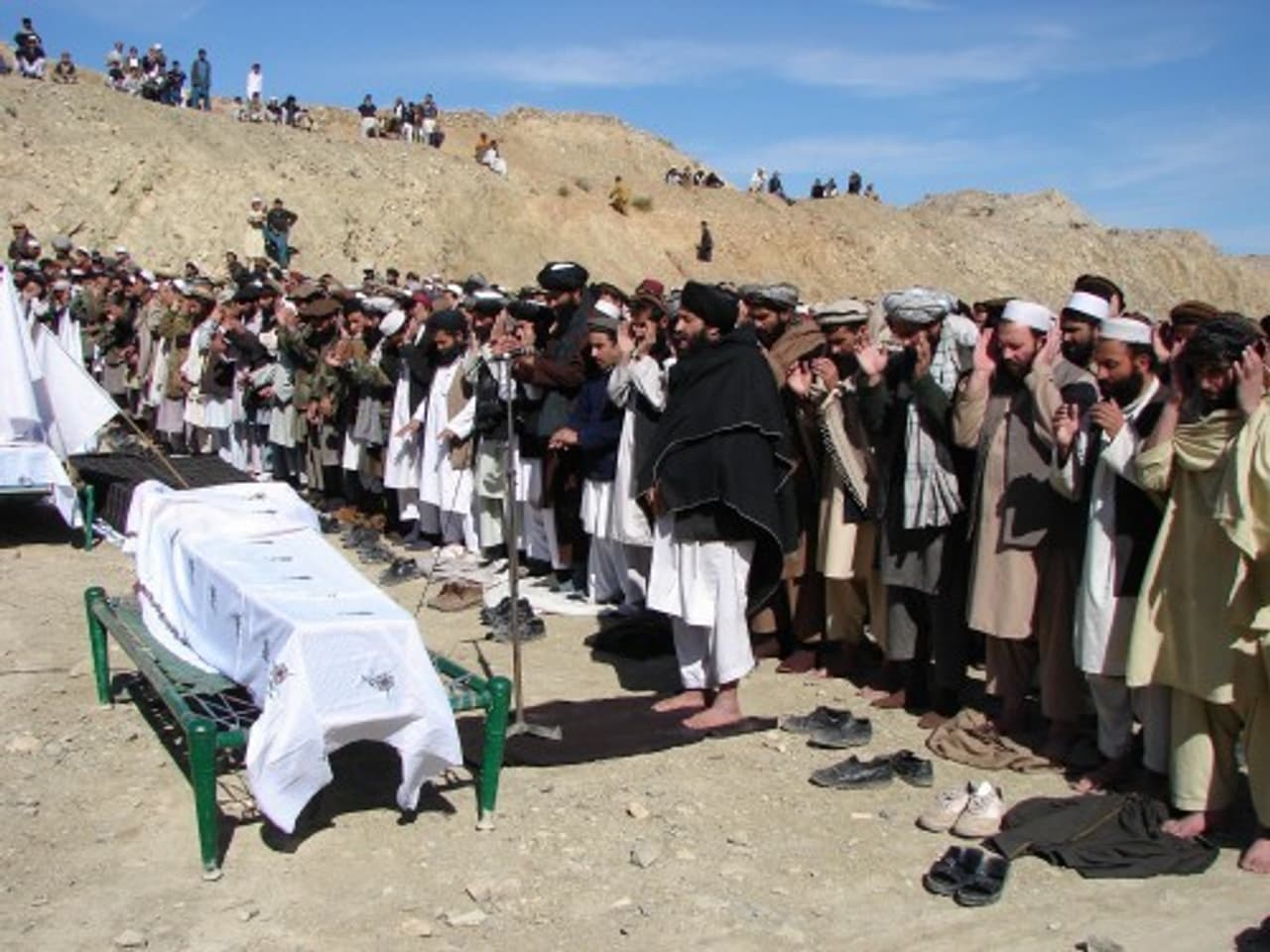
Trump rolls back transparency on civilian drone deaths
US intelligence officials will no longer have to publicly announce how many civilians they have killed in covert air strikes outside the US’s official war zones in Iraq, Syria and Afghanistan.
President Donald Trump signed an Executive Order on Wednesday which rolled back a key Obama-era policy that sought to make counter-terrorism operations more transparent.
Jennifer Gibson who runs the Drones Project at human rights organisation Reprieve told the Bureau: “President Trump’s announcement is yet another attempt by this administration to move America’s drone programme back into the shadows."
The order revoked a requirement for intelligence officials to publicly report operations in places like Yemen and Pakistan and the casualties, both combatants and civilians, they caused.
Counter-terrorism expert Alan Moorehead from Columbia Law School told us: “Trump’s move to hide the number of civilians killed in US airstrikes is a damaging move, harmful to public accountability and US standing in places it is fighting terrorism."
The release requirement had been part of another Executive Order passed by the Obama administration in 2016 in response to growing concerns about accountability and civilian harm in such strikes.
While the figures released under it were significantly lower than those recorded by organisations such as the Bureau, they were welcomed by many as a significant step towards greater transparency on operations often characterised by their opacity.
They also gave us a figure we could challenge - in Obama's first report in 2016, it claimed that US strikes killed between 64 to 116 non-combatants, or civilians, between January 2009 and December 2015 in countries outside of conventional war zones.
In Pakistan alone we had recorded a minimum of 256 and up to 633 civilian casualties across those years, with 2009 being the highest year for civilian deaths from CIA drone strikes.
“Trump revoked a transparency order that provided an imperfect but still important official record of deaths caused by the military and, critically, the CIA,” Hina Shamsi, the director of the National Security Project at the American Civil Liberties Union, said.
“This decision will hide from the public the government’s own tally of the total number of deaths it causes every year in its lethal force program,” Shamsi added.
President Trump’s Executive Order yesterday cited a law enacted by Congress that required civilian deaths to be reported annually by the Pentagon, saying that the Obama-era rule amounted to “superfluous reporting requirements, requirements that do not improve government transparency, but rather distract our intelligence professionals from their primary mission". The law however does not apply to CIA strikes.
Columbia's Moorehead told the Bureau: “The Trump administration has already put civilians at greater risk by loosening limited policy constraints. Congressional action to scrutinise meaningfully the Trump administration’s use of military force and legislate for greater transparency is now more important than ever.”
Gibson from Reprieve called for the UK to apply pressure for more transparency: “As President Trump scraps more and more Obama-era safeguards, questions urgently need to be answered around just what role the UK plays in its intelligence sharing for the programme.... US drones have already killed thousands of civilians, and unless complicit governments like the UK stand up to President Trump and urge him to be more transparent, who knows how many more innocent people will die.”
It's hard to tell what the figures would have included if released, as the Trump administration declared parts of Yemen and Somalia to be “areas of active hostilities”, or warzones, in 2017. Conventional warzones like Iraq and Syria are not included in the tally required by the Executive Order.
Parts of Somalia still remain areas of active hostilities, the US military command in Africa confirmed to the Bureau last month, but the situation remains unclear with Yemen.
The Bureau recorded at least eight civilian deaths in Yemen and Somalia in 2018. This however is almost certainly an underestimate, with information from remote parts of Yemen and Somalia hard to come by.
CENTCOM, the US military command responsible for Yemen, told the Bureau it deemed civilian casualty allegations “non-credible” if there was not sufficient information about them.
This latest move by the Trump administration fits a trend of decreasing military transparency that we have been tracking in the countries we cover, both outside of active battlefields and in them.
In Afghanistan, key data on what strikes hit was withheld just two months after a decision was made to release it. This came shortly after the Bureau highlighted concerns over the number of buildings destroyed, strikes described as the "riskiest" kind for civilians by casualty expert Larry Lewis.
Our Shadow Wars project was funded by the Open Society Foundation and the Joseph Rowntree Charitable Trust. None of our funders have any influence over the Bureau’s editorial decisions or output.


